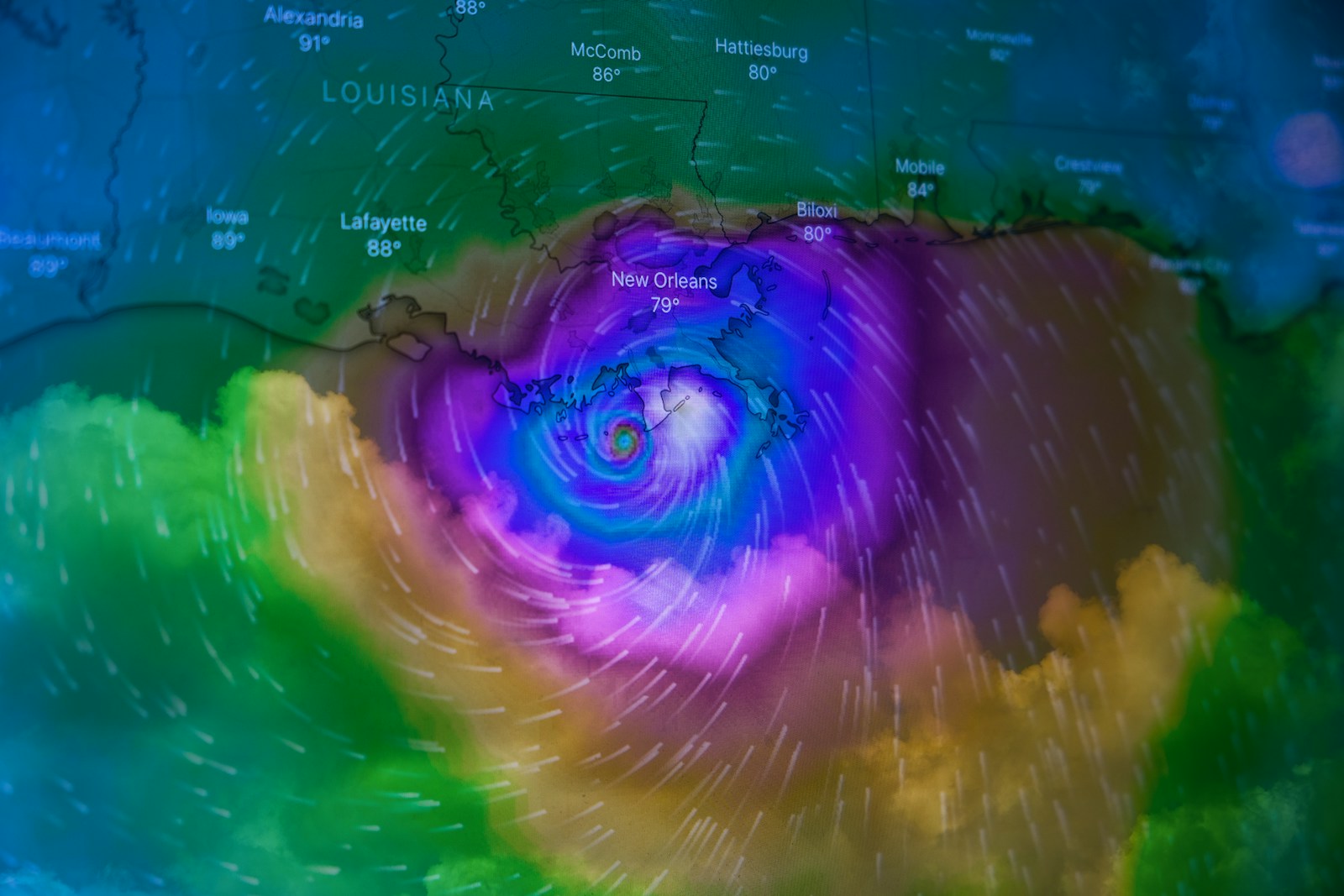Key Takeaways
-
Damaging wind gusts up to 60 mph are expected late Thursday.
-
Small hail & isolated tornadoes can’t be ruled out across the Tri-State.
-
Severe Thunderstorm Watch 441 remains in effect until 9 p.m. EDT.
-
Hazardous Weather Outlook warns of a “significant heat wave” beginning Sunday.
-
Heat indices could top 100 °F, triggering additional heat advisories.
-
Businesses should review continuity plans for power outages, flight delays, and data-center cooling.
1. A Dangerous Setup for the Evening Commute
Warm, moisture-rich air surging up the I-95 corridor is colliding with an approaching cold front—an atmospheric clash primed to unleash scattered severe thunderstorms from roughly 3 p.m. to sunset. The National Weather Service sees enough instability and wind shear to place New York City under a “slight to enhanced” risk, meaning multiple storms could reach severe limits with 60 mph gusts, ¾-inch hail, and brief tornado spin-ups.
2. Timing at a Glance
| Time (EDT) | Likely Hazards | Commuter Advice |
|---|---|---|
| 1–3 p.m. | Isolated showers build south of the city | Check flight status before heading to airports |
| 3–6 p.m. | Peak severe threat — damaging wind line races through metro | Expect delays on bridges & rails; secure loose outdoor items |
| 6–9 p.m. | Storms exit east, residual downpours linger | Avoid flooded underpasses; watch for fallen branches |
| After 9 p.m. | Gradual clearing, light breezes | Start preparing for heat later in the week |
3. Tech Behind the Forecast
Today’s alert levels rely on dual-polarization Doppler radar, which discerns precipitation size and wind rotation in real time, and on machine-learning ensembles at NOAA’s Storm Prediction Center (SPC) that evaluate billions of atmospheric permutations per minute. These AI-augmented models flag subtle signatures—like low-level helicity or elevated convective available potential energy (CAPE)—that often precede tornado-producing supercells.
For New Yorkers, that technology arrives as Wireless Emergency Alerts (WEA) on smartphones and as live layers in apps such as RadarScope, MyRadar, and the free NOAA Weather & Climate Toolkit. Rapid updates are crucial: fast-moving “bow echoes” can develop and hit a borough in under 20 minutes.
4. Why It Matters to Business
-
Air travel: Thunderstorm-induced ground stops ripple from JFK and LaGuardia to major hubs nationwide, costing airlines an estimated $150,000 per delayed hour.
-
Surface transport: Gusts topping 58 mph force bridge restrictions for high-profile vehicles and slow commuter rail schedules.
-
Power grid: Tree-related outages averaged 2.5 hours during last June’s severe streak. Cloud data-center managers should confirm generator readiness.
-
Construction & events: OSHA guidance requires halting crane operations once thunder is within 10 miles. Secure staging, scaffolding, and outdoor sets.
5. Early Heat Wave: Sunday Through (at Least) Thursday
Once the front exits, a sprawling Bermuda high shoves tropical moisture and 90 °F air back into the region. Forecast models show heat-index values peaking 100–103 °F Monday–Wednesday—enough to meet NYC’s threshold for an official heat wave (three consecutive days ≥ 90 °F). The NWS already holds Heat Advisory products for parts of New Jersey and the Hudson Valley and warns that overnight lows may stay in the upper 70s, hampering building-cool-down cycles. forecast.weather.gov
What’s Driving the Heat?
-
Urban heat-island effect: Impervious surfaces radiate absorbed solar energy back at night.
-
High dew-points: Evapotranspiration from the Atlantics’ warm surface water limits nighttime relief.
-
Blocking ridge: A quasi-stationary high at 500 mb redirects cooler Canadian air well north of the city.
6. Staying Safe—with Smart Tech on Your Side
| Risk | What to Do | Digital Tool |
|---|---|---|
| Damaging Winds | Enable WEA alerts; move indoors at first rumble | FEMA app or Red Cross Emergency |
| Flash Flooding | Never drive through water > 6 in; check sub-way flooding alerts | NYC Notify or Transit App |
| Extreme Heat | Hydrate, schedule outdoor work pre-10 a.m.; locate cooling centers | NYC 311 Heat Map |
| Power Outage | Keep battery banks charged; enroll in utility outage text alerts | Con Edison Outage Map |
To turn data into action, integrate NOAA’s Weather API into operations dashboards; it delivers hazard polygons that can auto-trigger Slack or Microsoft Teams notifications.
7. Looking Further Ahead
Long-range ensembles suggest the ridge weakens late next week, but if it lingers, night-time lows could fail to drop below 75 °F—a scenario linked to higher heat-related ER visits. Businesses running temperature-sensitive servers or perishable goods should review HVAC redundancy and staff rotation plans now.
8. Bottom Line
NYC faces a two-part weather hazard: life-threatening storms today followed by oppressive heat next week. Leverage real-time radar, trusted alerts, and solid continuity planning to protect people and operations. Digital Chew will continue tracking updates—subscribe to our newsletter for the latest tech-driven weather insights.

